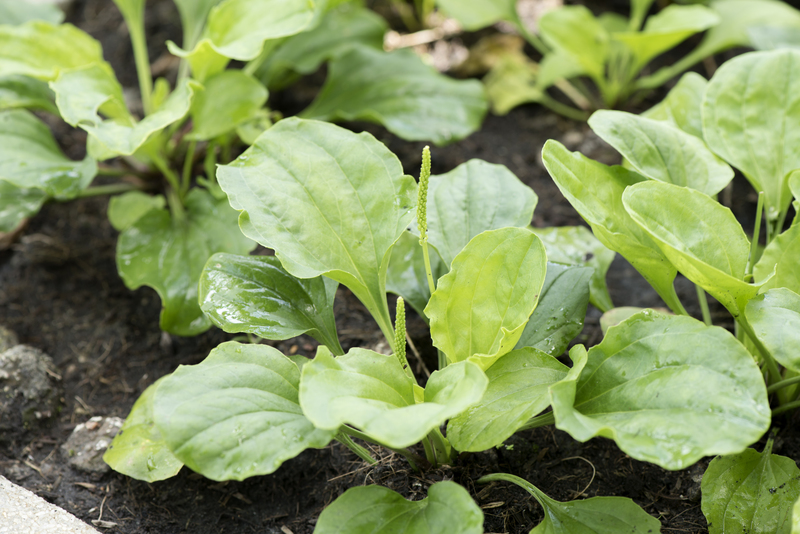Effective Control of Sod Webworms
Sod webworms, the larvae of several species of moths, pose a significant threat to lawns and turfgrass. These pestiferous creatures feed on the grass blades and can cause extensive damage if left unchecked. Here, we delve into the effective control of sod webworms, exploring various methods from chemical controls to cultural practices.
1. Understanding Sod Webworms
Before embarking on control methods, it is essential to understand the life cycle and behavior of sod webworms. These pests are the larval stage of lawn moths belonging to the Crambidae family. Adult moths are typically small, beige, or gray and show up in large numbers around dusk.
The female moths lay eggs in grassy areas, which hatch into larvae within a week. The larvae, or webworms, weave silk-lined tunnels in the thatch layer and feed on grass blades at night. They can reach up to an inch in length, and they undergo six molts before pupating. The damage becomes visible as brown patches on the lawn.

2. Identifying Infestations
Early identification of sod webworm infestations is crucial to implementing effective control measures. Some signs to look for include irregular brown patches on the lawn, increased bird activity (as birds feed on the larvae), and seeing moths flitting over the grass in the evening.
To confirm the presence of sod webworms, mix one tablespoon of dish soap in one gallon of water and pour it over a square yard of your lawn. Within a few minutes, larvae will surface, making them easier to spot.
3. Chemical Control Methods
Chemical controls are among the most effective ways to manage sod webworm infestations. There are various types of insecticides designed to target these pests.
3.1. Insecticides
Granular Insecticides: These are spread over the lawn and activated by watering. Granules release the active ingredient slowly, providing prolonged protection.
Liquid Insecticides: These are sprayed directly onto affected areas. They provide immediate knockdown but might require reapplication.
Common active ingredients include bifenthrin, permethrin, and lambda-cyhalothrin. They are effective against the larvae but should be used according to manufacturer instructions to avoid harming beneficial insects.
3.2. Biological Insecticides
Biological insecticides like Bacillus thuringiensis (Bt) specifically target moth larvae without affecting other organisms. Bt is a naturally occurring bacterium that produces toxins lethal to webworms. It is environmentally friendly and suitable for organic lawns.
4. Cultural Control Methods
Cultural practices play a vital role in preventing sod webworm damage. These are non-chemical methods that create an unfavorable environment for pests.
4.1. Proper Lawn Maintenance
Regular mowing, watering, and fertilizing keep your lawn healthy and more resistant to pests.
Mowing: Keep the lawn at the recommended height for your grass type. Too much thatch (the layer of dead grass and roots) can provide a perfect hiding place for larvae.
Watering: Deep, infrequent watering encourages deep root growth, making the turf less susceptible to damage.
Fertilizing: Balanced fertilization promotes healthy growth, which can recover more quickly from pest damage.
4.2. Thatch Management
Thatch builds up between the soil and the base of grass plants, providing an ideal habitat for sod webworms. Dethatching reduces this layer, making it harder for larvae to thrive. Aerate the soil to encourage microbial activity that can help break down thatch naturally.
4.3. Use of Resistant Grass Varieties
Planting turfgrass varieties resistant to sod webworms can reduce infestations. Endophytic grasses contain symbiotic fungi that produce alkaloids, which are toxic to many lawn pests, including sod webworms.
5. Biological Control Methods
Beneficial insects and natural predators can help keep sod webworm populations in check.
5.1. Parasitic Wasps
Certain species of parasitic wasps lay their eggs inside sod webworm larvae. The wasp larvae consume the pest from within, providing a natural form of pest control.
5.2. Nematodes
Beneficial nematodes, microscopic worms that feed on sod webworm larvae, can be applied to the lawn. These nematodes penetrate the larvae and release bacteria that kill the host.

6. Integrated Pest Management (IPM)
Integrated Pest Management combines multiple control methods to achieve long-term, sustainable management of sod webworms. The IPM approach includes monitoring, proper identification, and the use of a combination of chemical, biological, and cultural practices.
6.1. Monitoring
Regularly inspect your lawn for signs of infestation. Early detection of sod webworm activity can prevent large-scale damage and reduce the need for chemical interventions.
6.2. Combination of Control Methods
Utilize a blend of chemical and biological controls along with cultural practices to manage pest populations effectively. For example, introducing natural predators and using targeted insecticides can provide immediate and long-term control.
Conclusion
Effective control of sod webworms involves a multifaceted approach that incorporates both immediate and sustainable solutions. Understanding the life cycle and behavior of these pests is crucial, as is the timely identification of infestations. Employing a combination of chemical, cultural, and biological control methods, along with an Integrated Pest Management approach, ensures the health and beauty of your lawn.
Regular monitoring and maintenance, coupled with the use of resistant grass varieties and beneficial organisms, can significantly reduce the need for chemical treatments, promoting an environmentally friendly and resilient lawn. By taking these comprehensive steps, homeowners can safeguard their turfgrass and enjoy a vibrant, pest-free lawn.





